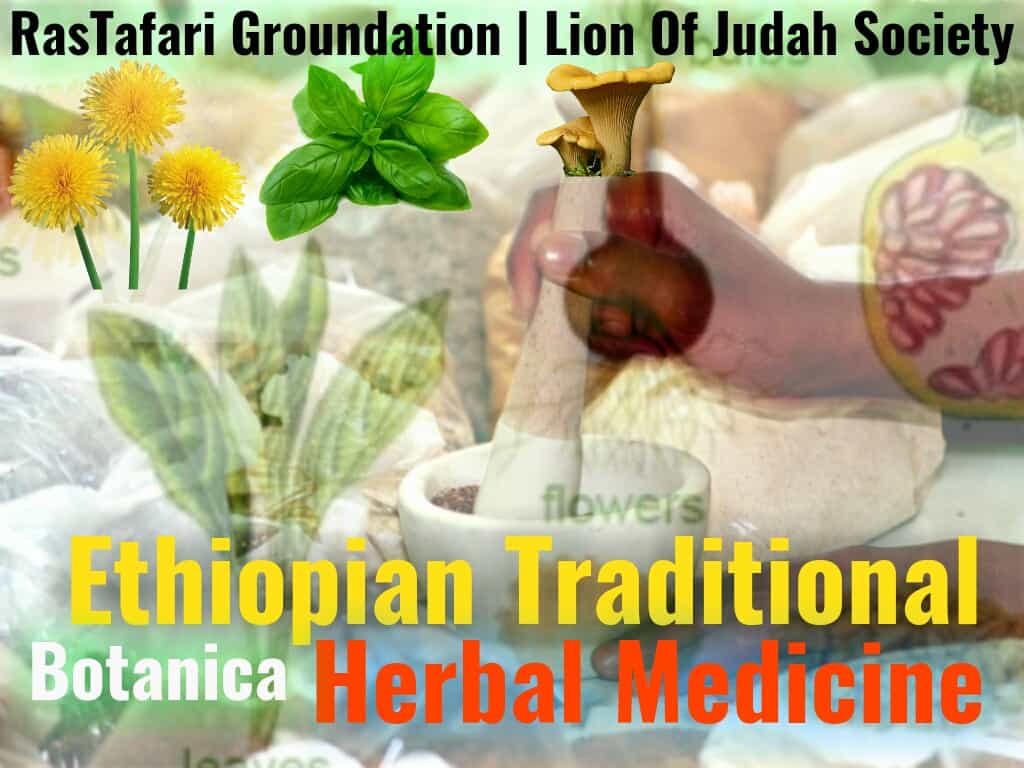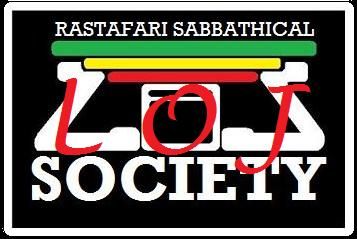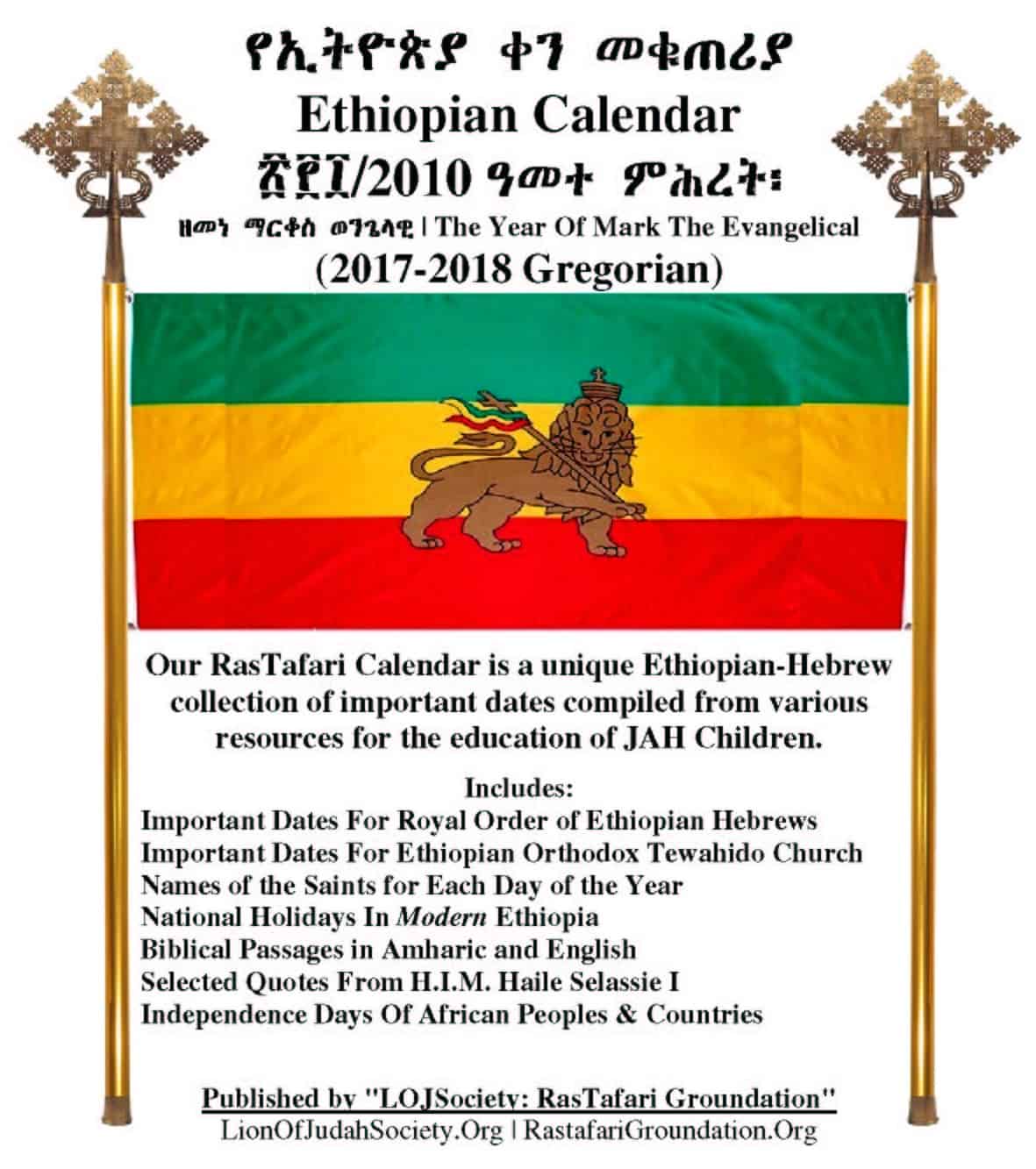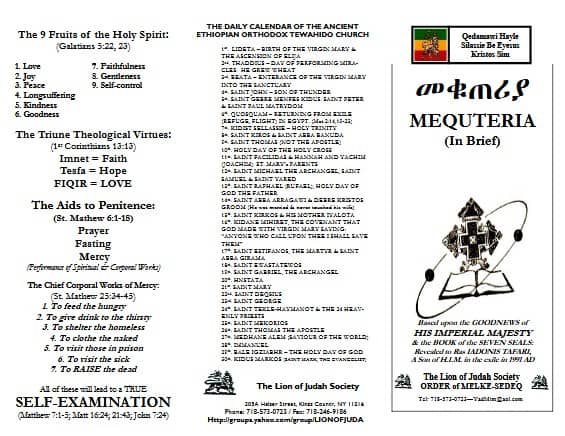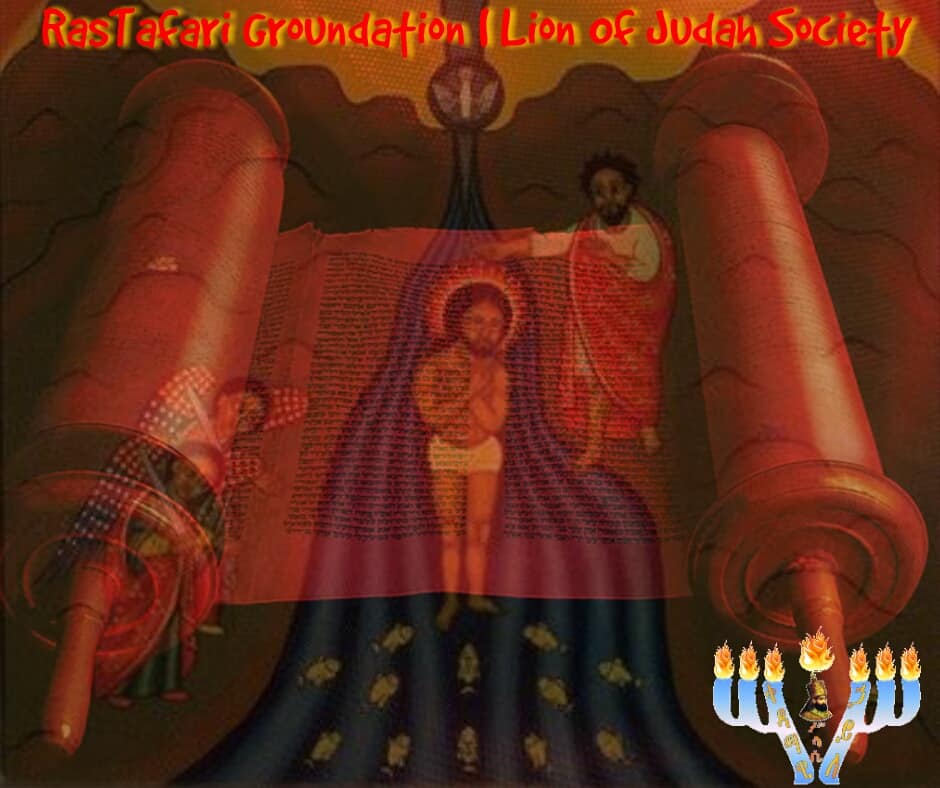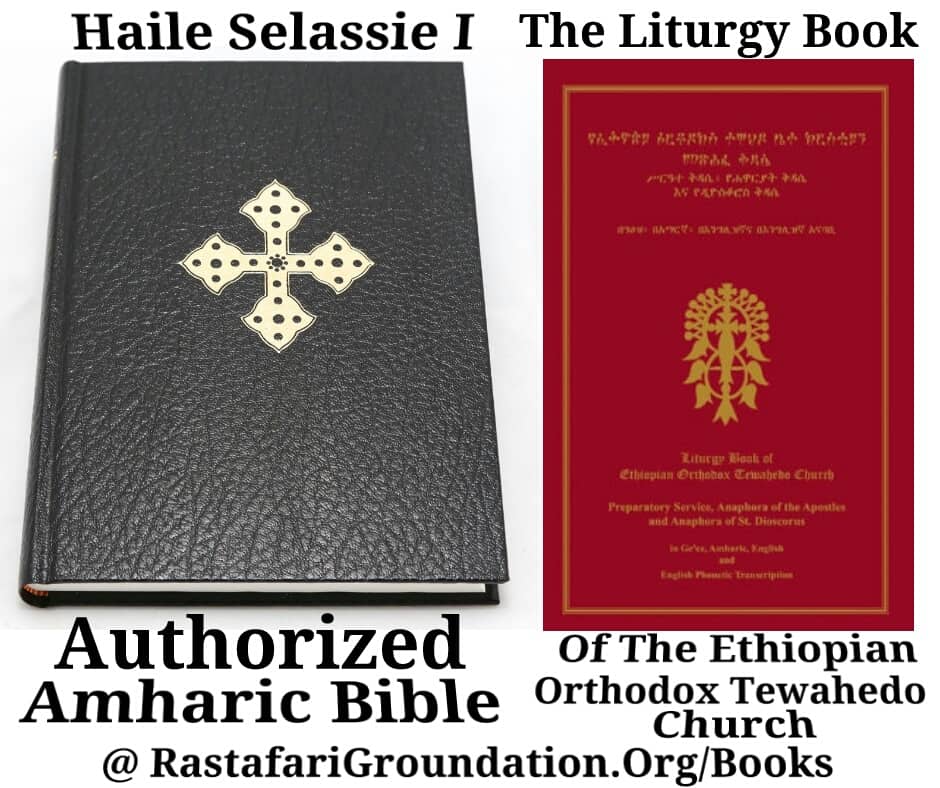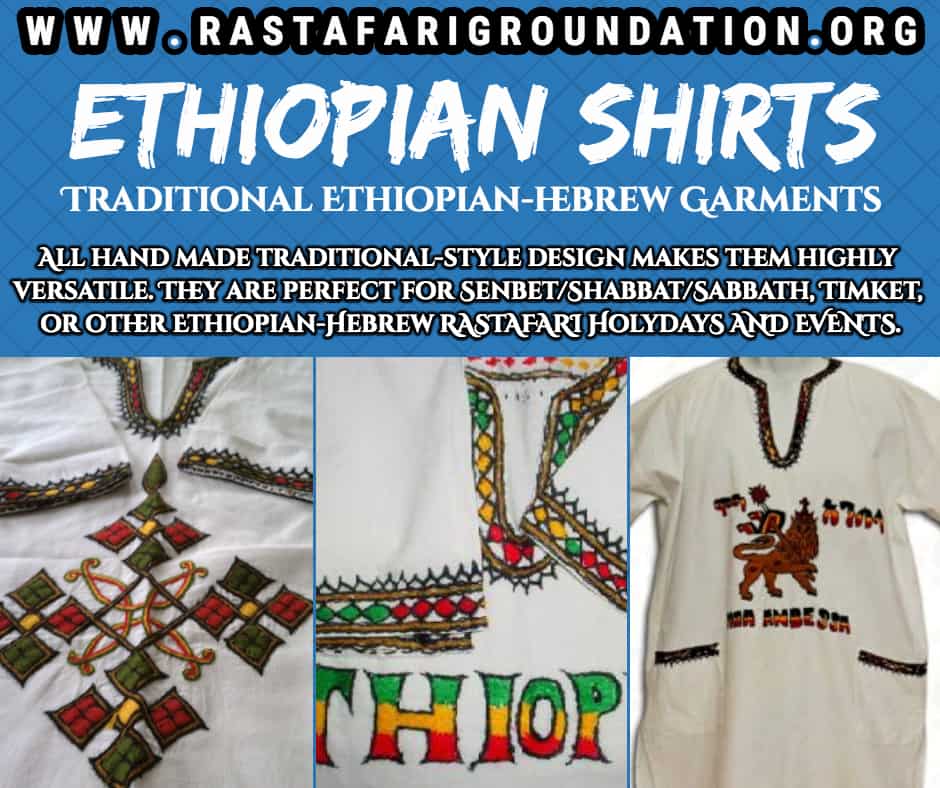Ethiopian Herbal Medicine
Herbs
Unless otherwise indicated, the descriptions of the use of the medicinal plants relate to Ethiopian traditional herbal medicine practices. “Western herbal medicine” refers to the herbal medicine from the tradition of America and Europe.
Artemisia abyssinica
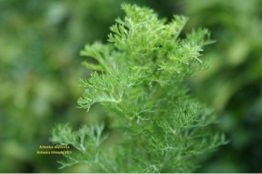
Artemisia Abyssinica
Artemisia abyssinica or Chikugn (Amharic) is a species of wormwood that is traditionally used for intestinal problems, for infectious diseases, and is anti-leishmanial (acts against Leishmania parasites). The whole herb can be used to address tonsillitis, and an infusion is traditionally drunk as a remedy for colds, and sickness in children.
References
Tariku, Y., Hymete, A., Hailu, A., Rohloff, J., 2010. Essential-Oil Composition, Antileishmanial, and Toxicity Study of Artemisia abyssinica and Satureja punctata ssp. punctata from Ethiopia. Chemistry and Biodiversity 7.
Asfaw, N., Demissew, S., 2009. Aromatic plants of Ethiopia. Shama Books, Addis Ababa.
***
Demakese
Ocimum lamifolium
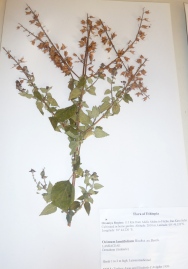
Demakese
Used to treat coughs and colds, the fresh leaves are squeezed and the juice sniffed. The juice can also be used as an eye rinse for eye infection. Also used for mich, an infection of fever with headache and mouth blisters.
***
Zingibil (Amhar)/ Dendabil (Tig.)
Zingiber officinale – Ginger (family Zingiberaceae)
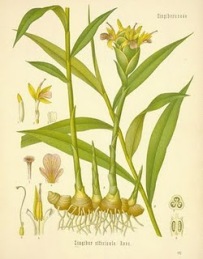
Zingibil or Ginger. Image: hortist.blogspot.com
The rhizome (root) of ginger is popularly used in Ethiopia for stomachache and respiratory problems. It is chewed or masticated with ‘feto’ (Lepidium sativum) for stomach disorders.
It is also popularly used for its carminative (relieves gas ) and anti-nausea activities.
Ginger is equally popular in western herbal medicine and there has been extensive investigation of the rhizome and its constituents. Zingiber officinale has demonstrated anti-inflammatory effects, as well as anti-platelet, antioxidant, antitumour, antirhinoviral and antihepatoxic activities (preventing damage to the liver) (Wohlmuth, 1999).
References:
Gedif, T. and Hahn, H.J., 2003. The use of medicinal plants in self-care in rural central Ethiopia. Journal of Ethnopharmacology 87, 155-161.
Getahun, A., 1976. Some common medicinal and poisonous plants used in Ethiopian folk medicine. Addis Ababa University, Addis Ababa, Ethiopia.
Gall, A. and Shenkute, Z., 2009. Ethiopian traditional and herbal medications and their interactions with conventional drugs. 16th March 2010 http://ethnomed.org/clinical/pharmacy/ethiopian-herb-drug-interactions
Wohlmuth, H., 1999. Traditional and contemporary uses of ginger. . In: MediHerb Pty Ltd (Ed.), Herbal Medicine – Practice and Science International Conference ProceedingsWarwick, Queensland.
Mills, S. and Bone, K., 2000. Withania. Principles and Practice of Phytotherapy, Churchill Livingstone, London, pp. 595-602.
***
Gisewa (Amhar) or Withania somnifera
(family Solanaceae)

Gisewa or Withania Somnifera. Image: eco-planet.com
Known to be used for coughs and asthma, as a narcotic and an anti-epileptic in Ethiopia. Research notes other traditional uses for headache (as a dressing), paludism (malaria), ague, fever, stomachache and as a diuretic. The smoke of the burning root is commonly inhaled for ‘Satan beshita’ or ‘devil disease’ (Asres 2001).
Withania or Gisewa is also found to have antifertility properties and to be traditionally used as a vaginal douche (aqueous extract) for its uterotonic and anti-implantation activity on butanol fraction extract (Desta, 1994).
Western herbalists are familiar with Withania (Ashwaganda), and it is used as tonic. In Western herbal medicine, decoction or extract made from the root is a popular remedy from the ayurvedic tradition, as an ‘adaptogen’ remedy and for the treatment of debility and nervous exhaustion, for convalescence and as a general tonic (Mills and Bone, 2000).
References:
Asres, K., Bucar, F., Kartnig, T., Witvrouw, M., Pannecouque, C. and De Clercq, E., 2001. Antiviral activity against human immunodeficiency virus type 1 (HIV-1) and type 2 (HIV-2) of ethnobotanically selected ethiopian medicinal plants. Phytotherapy research 15, 62-69.
Getahun, A., 1976. Some common medicinal and poisonous plants used in Ethiopian folk medicine. Addis Ababa University, Addis Ababa, Ethiopia.
Desta, B., 1994. Ethiopian traditional herbal drugs. Part III: Anti-fertility activity of 70 medicinal plants. Journal of Ethnopharmacology 44, 199-209.
Mills, S. and Bone, K., 2000. Withania. Principles and Practice of Phytotherapy, Churchill Livingstone, London, pp. 595-602.
***
Kebercho (Amhar), Kerebicho (Or.)
Echinops kebericho (family Asteraceae)
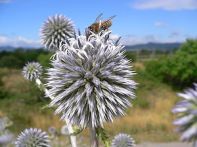
Echinops Kebericho. Image: wikispecies
Endemic to Ethiopia, Echinops kebericho, is used for fever and as a taenicidal herb (to expell tapeworm).
The smoke from burning the plant is inhaled to relieve headache and also as a cure for “evil eye” (possession by evil spirits in Ethiopian folk religion).
The root is burned for smoke to ward off mosquitoes and as a snake repellant in the house. The smoke is inhaled to fight typhus and fever, and is known to be used as a fumigant, mainly after childbirth. The root is also chewed to alleviate stomach ache.
References:
Demissew, S., 1993. Description of some essential oil bearing plants in Ethiopia and their indigenous uses. Journal of Essential Oil Research 5, 465-479.
Desta, B., 1994. Ethiopian traditional herbal drugs. Part III: Anti-fertility activity of 70 medicinal plants. Journal of Ethnopharmacology 44, 199-209.
Karunamoorthi, K., Ilango, K. and Endale, A., 2009. Ethnobotanical survey of knowledge and usage custom of traditional insect/mosquito repellent plants among the Ethiopian Oromo ethnic group. Journal of Ethnopharmacology 125, 224-229.
Teklehaymanot, T., Giday, M., Medhin, G. and Mekonnen, Y., 2007. Knowledge and use of medicinal plants by people around Debre Libanos monastery in Ethiopia. Journal of Ethnopharmacology 111, 271-283.
***
Verbena officinalis or Atuch (Amharic)
(family Verbenaceae)

Verbena officinalis. Image: Leo Michels
In Ethiopian traditional practice, the roots of Verbena or Atuch, are soaked in water and drunk to expel roundworm, help with snake bite, and relieve stomach ache and diarhoea.
A ‘herb of all trades’, Verbena is found to have antimicrobial properties and is traditionally used for treating tropical ulcers.
Mixed with olive oil, the juice of the fruit is used as ear drops and a juice made by crushing the fresh leaves, filtering and mixing with honey, is also used to alleviate dry cough in Ethiopia.
References:
Gedif, T. and Hahn, H.J., 2003. The use of medicinal plants in self-care in rural central Ethiopia. Journal of Ethnopharmacology 87, 155-161.
Teklehaymanot, T., & Giday, M.. 2007. Ethnobotanical study of medicinal plants used by people in Zegie Peninsula, Northwestern Ethiopia. Journal of Ethnobiology and Ethnomedicine, 3(12)
Yineger, H., Kelbessa, E., Bekele, T. and Lulekal, E., 2008. Plants used in traditional management of human ailments at Bale Mountains National Park, Southeastern Ethiopia. Journal of Medicinal Plants Research 2, 132-153.
***
Fennel or Ensilal (Amharic)
Foeniculum vulgare (family Apiaceae)

Fennel. Image: naturalgreen.ca
In Ethiopia, the boiled or roasted roots of Ensilal or Fennel are traditionally used to treat gonorrohoea, digestive disorders and infant colic.
The juice of the fresh or dried leaves is used to stem nosebleeds and the plant is also known for its anti-fertility properties. Studies record the traditional use of an oral application of the fresh Fennel leaf as an antifertility remedy (Desta, 1995).
Western herbalists are familiar with the use of Fennel seed as a carminative and digestive; and evidence from randomized, double-blind, placebo controlled trials suggest that Fennel is effective in reducing infantile colic (Natural Standard, 2010). Clinical trials also support the use of Fennel in combination with other herbs for dyspeptic conditions of the upper GIT, including pain, nausea, belching and heartburn; chronic non-specific colitis, diarrhoea or constipation.
References:
Getahun, A., 1976. Some common medicinal and poisonous plants used in Ethiopian folk medicine. Addis Ababa University, Addis Ababa, Ethiopia.
Giday, M., Teklehaymanot, T., Animut, A. and Mekonnen, Y., 2007. Medicinal plants of the Shinasha, Agew-awi and Amhara peoples in northwest Ethiopia. Journal of Ethnopharmacology 110, 516-525.
Natural Standard Inc., 2010. Natural Standard. Retrieved 29th June 2010 from http://www.naturalstandard.com/
Mills, S. and Bone, K., 2000. Withania. Principles and Practice of Phytotherapy, Churchill Livingstone, London, pp. 595-602.
Desta, B., 1995. Ethiopian traditional herbal drugs. Part I: Studies on the toxicity and therapeutic activity of local taenicidal medications. J Ethnopharmacol 45, 27-33.
***
Aloe vera (family Asphodelaceae)
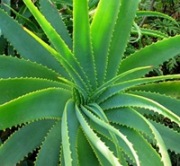
Aloe vera, or Eret in Amharic, is known for its cooling and cathartic properties. It is used in Ethiopia for fever, spleen and liver troubles, as well as ‘knee troubles in old age’ and ‘eye treatment’.
The juice of the plant would be used on the breast of nursing mothers to assist with weaning as its bitter taste would discourage the baby from suckling. The juice of the leaf is also known to be given to a mother in childbirth to ease labour.
In western medicine, the fresh juice of the Aloe vera plant is used as a topical application to cool burns, and the juice is taken orally for digestive disturbance.
References:
Getahun, A., 1976. Some common medicinal and poisonous plants used in Ethiopian folk medicine. Addis Ababa University, Addis Ababa, Ethiopia.
Giday, M., Teklehaymanot, T., Animut, A. and Mekonnen, Y., 2007. Medicinal plants of the Shinasha, Agew-awi and Amhara peoples in northwest Ethiopia. Journal of Ethnopharmacology 110, 516-525.
***
Artemisia afra
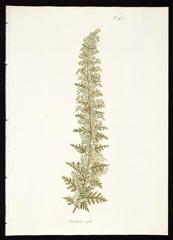
Artemisia Afra. Image: Metafro
Called Ariti in Ethiopia (Amhar), the juice of the crushed leaves of this plant is mixed with water or honey and administered orally to address stomach pain in Ethiopian traditional medicine practice.
The essential oil of Artemisia Afra has antimicrobial properties. In South Africa, it is one of the most popular and commonly used herbal medicines for treating various ailments; from coughs and colds to malaria and diabetes.
References:
Getahun, A., 1976. Some common medicinal and poisonous plants used in Ethiopian folk medicine. Faculty of Science, Addis Ababa University, Addis Ababa, Ethiopia. 63 pp.
Mangena, T. and Muyima, N. Y. O. (1999), Comparative evaluation of the antimicrobial activities of essential oils of Artemisia afra, Pteronia incana and Rosmarinus officinalis on selected bacteria and yeast strains. Letters in Applied Microbiology, 28: 291–296. doi: 10.1046/j.1365-2672.1999.00525.x
~~ Help Rastafari Groundation to raise the vibration by sharing this article with friends and family…

